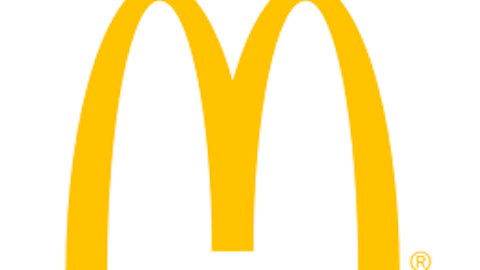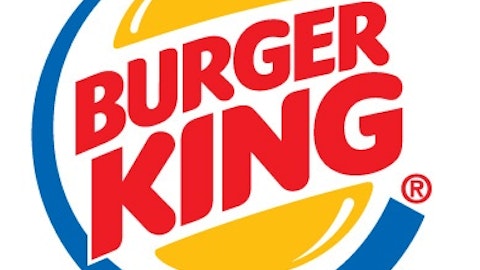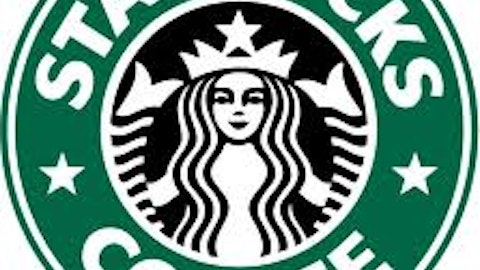Headwinds from rising employment costs
It seems that from the table above, Panera Bread and Chipotle have about 22 and 26.5 employees per store, respectively, compared to 8.9 for Starbucks. Thus, any increase in healthcare and employment costs is likely to have less negative impact on Starbucks. For all three companies, employees are an important part of their businesses. However, during its most recent conference calls, Starbucks is the company that was most generous in praising its employees (see below.) This is something you don’t see often with other companies outside the quick service restaurant industry.
- Starbucks — “core to Starbucks’ success are our store partners”, “our U.S. partners achieved record levels of productivity”, “To my partners around the world, I say thank you for all you do to bring the Starbucks experience to life”, “our priorities are integrating the company and employees, now our partners”, “and we will rely on the expertise and passionate commitment of the more than 500 channel development partners around the world who continually exceed expectations”, etc.
- Chipotle Mexican Grill — “focus on identifying top performing employees and develop them, and empower them to become the future leaders of our company”.
- Panera — “Just as a reminder currently we offer healthcare coverage to employees who work more than 25 hours versus the mandated 30 hours in the Healthcare Act”.
It is clear that Starbucks is putting a higher emphasis on its employees than both Chipotle and Panera Bread. With the company introducing fresh juice and bakery items on its menu, employees will become even more important and Starbucks will have to count on its workforce even more. In addition, while Chipotle and Panera Bread employees are mostly part time or hourly employees, Starbucks offers benefits to most of its employees. A full list of the benefits of being a Starbucks partner can be found on Starbucks’s web site.
Conclusion
Howard Schultz, the CEO, president and chairman of Starbucks, has been one of the most outspoken critics of the political stalemate in Washington that is threatening the U.S. economy, as seen in this video. Without a doubt, it is in Starbucks’ best interest for the U.S. (as well as the global) economy to improve and return to its full potential. An uncertain economy together with rising healthcare and employment costs are the largest potential headwinds for Starbucks in the next few years.
However, Starbucks already offers most of the benefits required by the Affordable Health Care Act. Also, the company has many levers it can pull to avoid customers from moving to consuming espresso at home. For example, in Germany, where most people drink coffee in the mornings at home, Starbucks offered a reduced price for those that buy coffee early in the morning. And in the U.S., where more people visit Starbucks in the morning, the company often has promotions that encourage customers to visit in the afternoon by offering discounts to those that bring their receipt from the morning. In addition, Starbucks is actively developing loyalty programs that are aimed at reducing customer defections.
Thus, Starbucks should be able to weather headwinds from a stagnant economy and higher employment costs relatively well. If the company’s recent acquisitions are integrated successfully, Starbucks common stock is likely to reward investors regardless of economic and cost pressures.
The article Will the Economy and Employee Costs Put Pressure on Starbucks? originally appeared on Fool.com and is written by Delian Naydenov.
Copyright © 1995 – 2013 The Motley Fool, LLC. All rights reserved. The Motley Fool has a disclosure policy.





